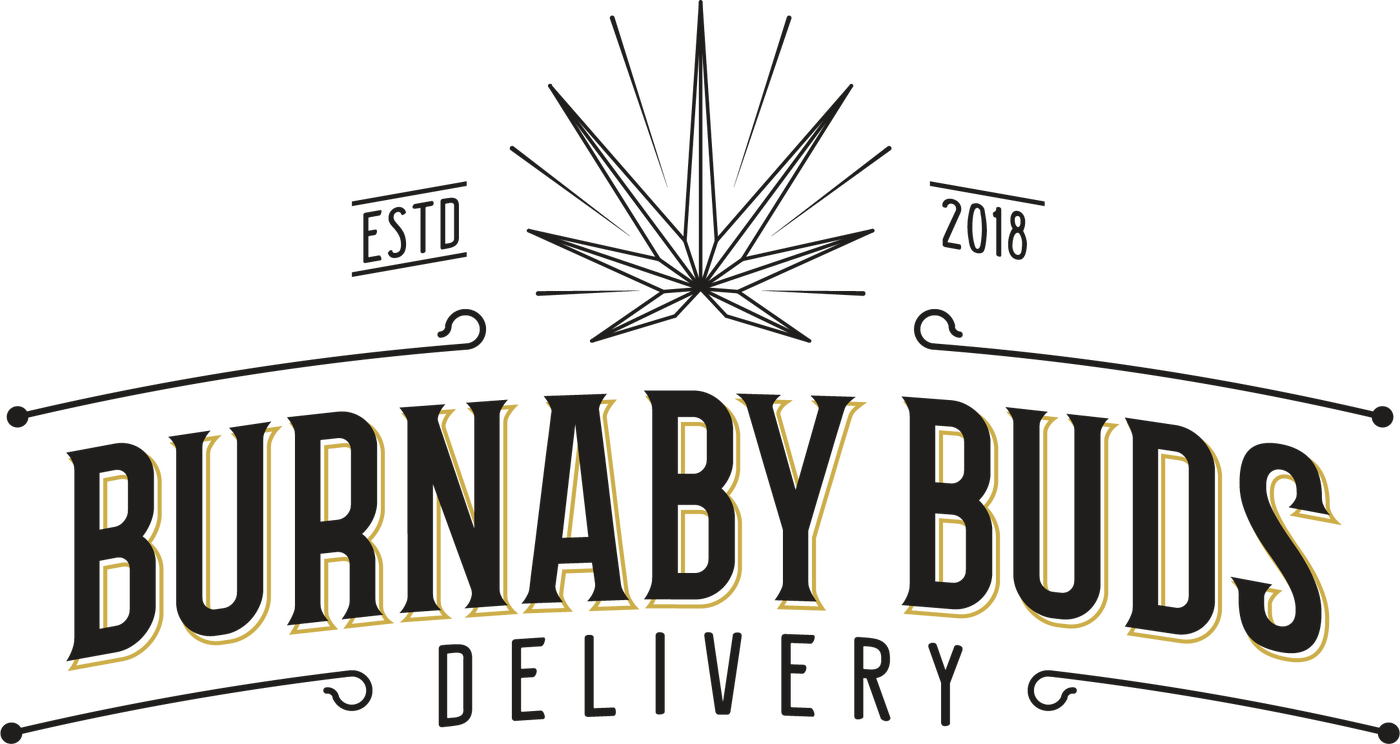Articles
Beyond the High: Unveiling the Healing Potential of Cannabis
CBD vs THC: Understanding the Main Cannabinoids
The two most abundant and widely studied cannabinoids in cannabis are CBD (cannabidiol) and THC (tetrahydrocannabinol). THC is the primary psychoactive component that produces the sensation of being high, while CBD does not cause this effect. THC activates the cannabinoid receptor CB1 in the central nervous system to elicit its psychoactive properties. On the other hand, CBD is a non-intoxicating cannabinoid that impacts the body in various other ways. CBD has been shown to reduce anxiety better than cbd vs thc for anxiety, according to certain research. Understanding the differences between CBD and THC is key to unlocking cannabis’ healing potential.
Medical Uses of THC and CBD
THC has proven medical applications, especially for pain relief, appetite stimulation for patients with wasting syndrome, and muscle spasms. Controlled doses of Thc pills can provide relief of certain symptoms without the intense psychoactive effects. CBD also shows great promise in treating conditions like epilepsy, depression, anxiety, and chronic pain. Its anti-inflammatory and antioxidant properties may help with arthritis and acne as well. CBD is not intoxicating and does not produce a high, making it appealing for people seeking medical benefits without euphoria. The entourage effect of using CBD and THC together may provide enhanced symptom relief compared to either alone, highlighting their synergistic relationship.
Sativa indica difference
Cannabis comes in two main types – sativa and indica. Sativa strains have increased amounts of THC and CBDV (cannabidivarin) and produce an uplifting, energizing high. Their effects are often described as cerebral. On the other hand, indica strains contain more CBD and CBN (cannabinol), which are associated with a relaxed feel. Indicas tend to have medical applications for sedation and pain relief. A sativa strain is reputed to help boost mood and energy without major psychoactivity. Understanding how strains impact the body can guide medicinal applications and preferred experiences. Some cannabis cultivars come as hybrids between sativa and indica, harnessing the qualities of both.
Conditions Aided by Cannabis-Based Medicines
With further research, cannabis pills show promise in addressing conditions such as chronic pain, epilepsy, multiple sclerosis, insomnia, PTSD, depression, anxiety, cancer, acne, arthritis, Alzheimer’s, Parkinson’s, and more. THC helps manage nausea and vomiting from chemotherapy as well as stimulates appetite for patients with wasting syndrome. CBD shows preclinical effectiveness for conditions like diabetes, addiction, fungal infections, bacterial infections, etc. Together, compounds in cannabis interact with the body’s endocannabinoid system to help regulate processes like sleep, appetite, memory, fertility, and inflammation. Several countries now endorse cannabis health benefits and the use of medical marijuana. As public perceptions change and science provides clarity, herbal cannabis may take its rightful place alongside other botanical medicines.
The Future of Cannabis Medicine
As legal barriers crumble and research continues, cannabis’ future as a first-line medicine looks bright. Wider acceptance will require:
- More gold-standard clinical trials on cannabis’ risks and therapeutic efficacy.
- Standardized dosing guidelines tailored to different conditions and patient populations.
- Developing targeted cannabinoid formulations and delivery methods for customized treatment.
- Integrating cannabis into medical education curriculums and training programs.
- Establishing national regulations and quality standards for medical cannabis products.
Conclusion
Modern science is revealing that cannabis contains many useful medicinal compounds beyond just THC. Cannabinoids like CBD show great promise for treating a wide range of conditions without intoxicating effects. With a better understanding of endocannabinoid biology, standardized cannabinoid-based medicines may join other botanical remedies. Continued investigation is needed, but responsible therapeutic use of cannabis has the potential to enhance many lives and help reduce societal harm from dangerous prescription opioids. The future of cannabis as a mainstream medicine looks bright.
FAQs
How is medical cannabis different from recreational use?
Medical cannabis consists of doctor-recommended cannabinoid formulations for treating specific health conditions, with protocols for optimal dosing and delivery methods. Recreational use has no medical oversight and aims chiefly for intoxication.
What’s the difference between indica and sativa?
Indica strains provide relaxing, pain-relieving effects, while sativa strains give energetic, uplifting feelings due to higher THC and CBD ratios, respectively, in the two cannabis varieties.
Won’t cannabis make anxiety worse long-term?
Research shows regular low-dose CBD-rich cannabis effectively reduces anxiety with sustained use. However, effects differ between individuals based on cannabis composition, dosage, and one’s biology.
Is whole-plant cannabis better than isolated cannabinoids?
Most experts agree that full-spectrum cannabis, with its array of cannabinoids and terpenes, has a greater therapeutic impact compared to isolated compounds through the entourage effect. However, isolated cannabinoids still offer proven medical benefits.
Are seniors at higher risk from medical cannabis?
Seniors may be more sensitive to cannabis’ effects due to slower metabolism and drug interactions. However, with lower doses and proper guidance, medical cannabis can still safely benefit seniors under medical supervision.

